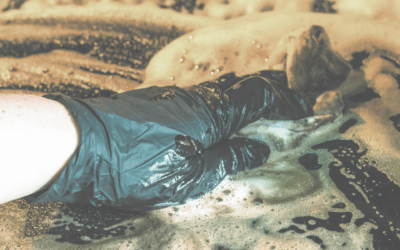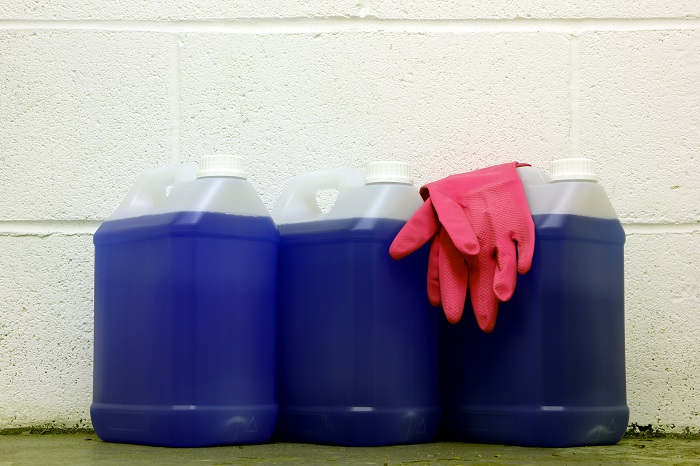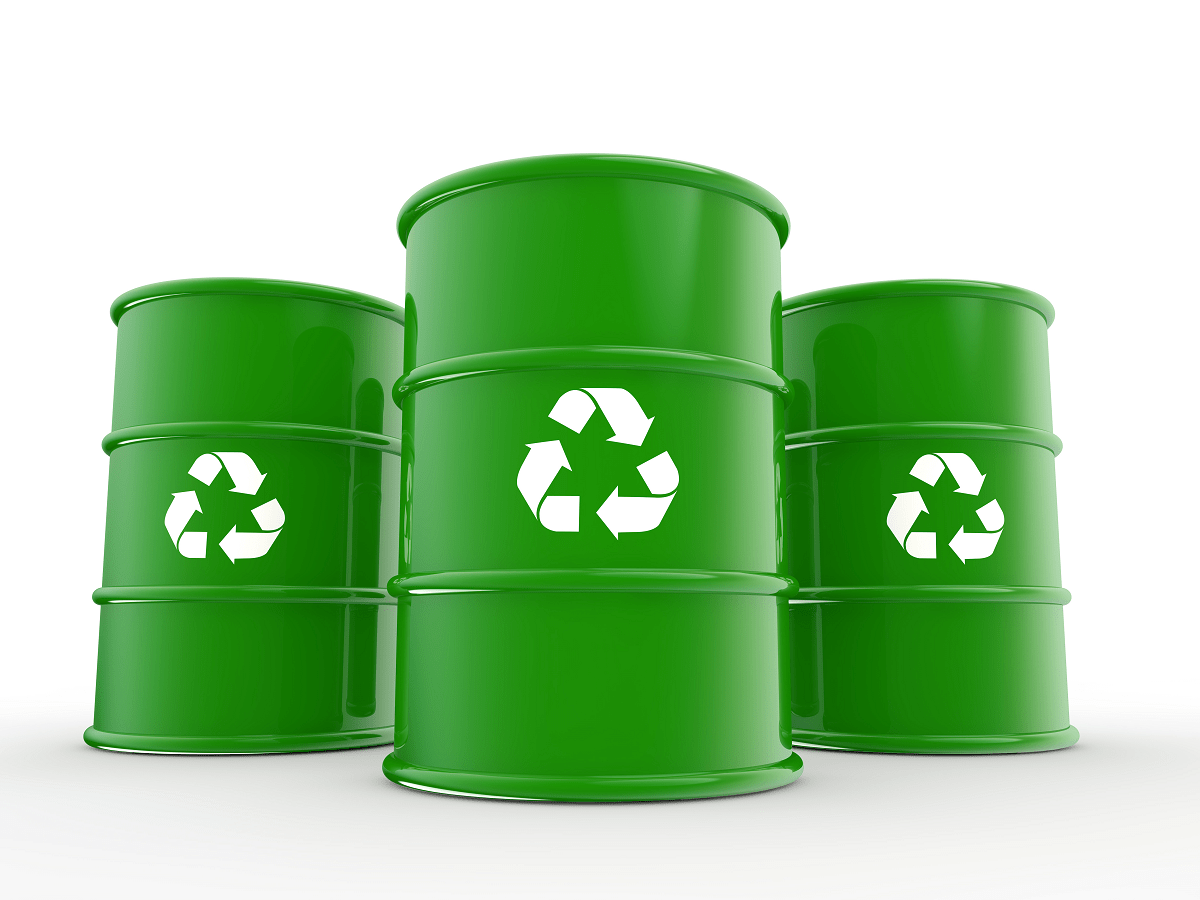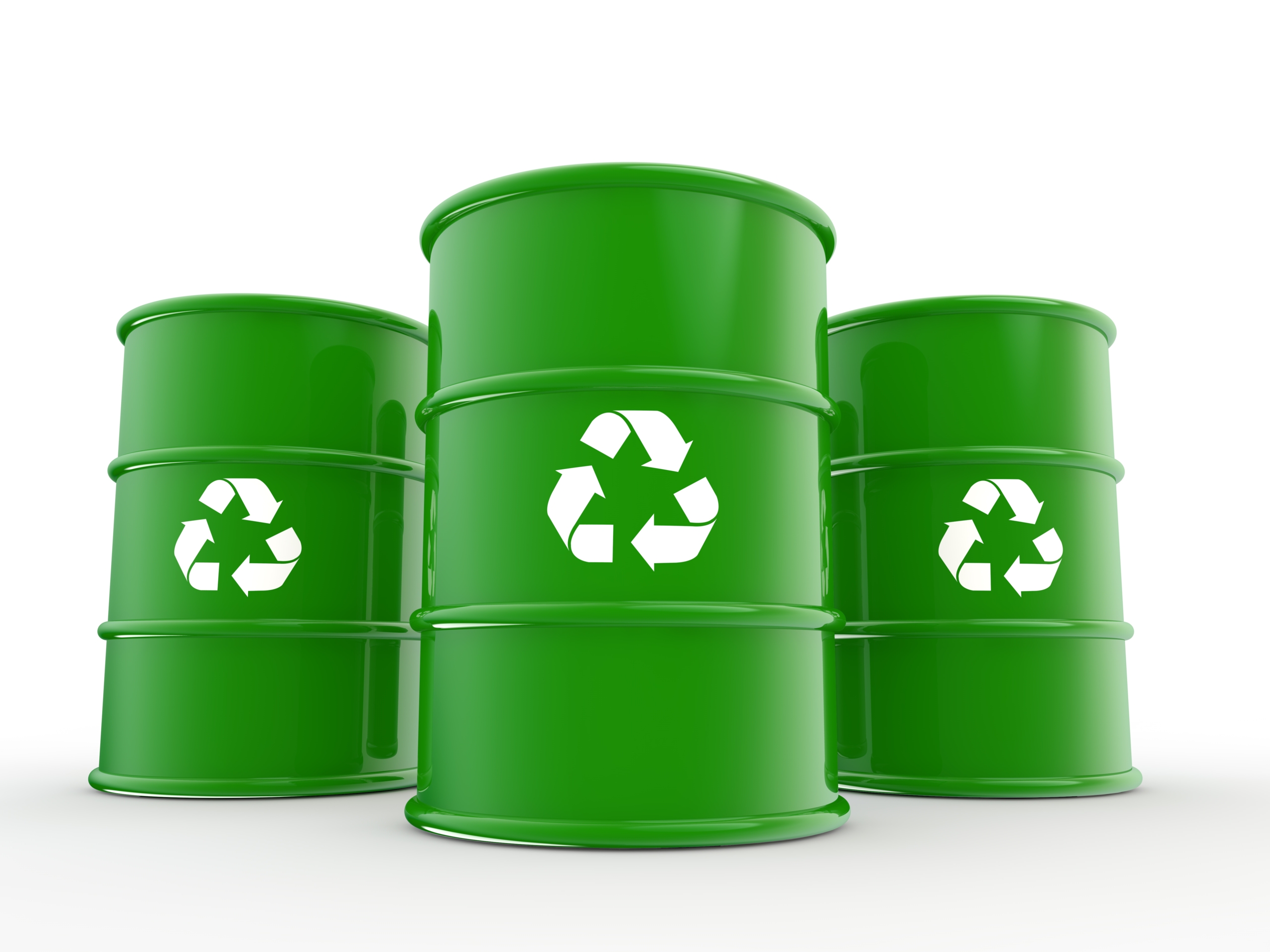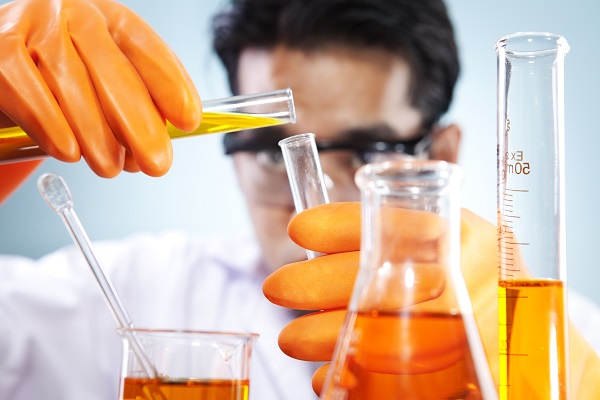For many business operations, a well-maintained fleet of vehicles is not only a functional necessity; it is a reflection of a company’s commitment...
Blog


CHEMICAL INDUSTRY NEWS
Chemical Chat – Discover What’s New!
What is the best solvent to dissolve grease?
Not sure what is the best solvent to dissolve grease? Choosing the right solvent can either lead to a successful cleanup or an even worse...
Understanding the EPA’s TCE Ban & Safer Alternatives with Ecolink
What is the EPA TCE Ban? The U.S. Environmental Protection Agency (EPA) has finalized a rule banning the use of trichloroethylene (TCE), a chemical...
White Oil Uses: A Versatile Substance in Industrial Applications
White oil is a pure and non-toxic versatile component used in a variety of industries. This type of oil can be used...
What is the best solvent to dissolve grease?
Not sure what is the best solvent to dissolve grease? Choosing the right solvent can either lead to a...
Company News

Managed Services
Discover the Latest in Safe and Sustainable Chemical Solutions
Stay informed with Ecolink’s blog! Subscribe now
Chemical Management Information
Stay updated with us
Sign Up for the Latest Updates
Stay informed about chemical supply chain disruptions and emerging innovations to keep your business at the forefront of efficiency and innovation. Uncover new ways to make your business practices more sustainable by incorporating safer products into your cleaning lineup.




